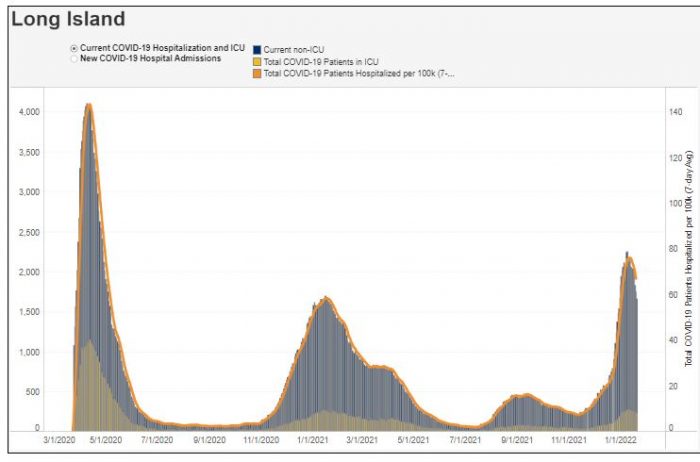By Shannon L. Malone, Esq.

Members of the community have been inquiring about how the courts have dealt with their calendars for personal injury cases caused mainly by motor vehicle accidents during more recent variants of COVID-19. Clients are naturally concerned about their health and the progress of their personal injury cases.
Moreover, people who have gotten into various types of accidents while last year’s Omicron variant was raging wonder if they, or we, should be doing anything different. Finally, with the recent uptick in COVID-19 reported by the media, we are receiving additional inquiries of this nature over the summer.
Just ‘how open’ were the courts before the Omicron variant became widespread?
Before the Omicron variant of the COVID-19 virus became prevalent, the courts in Suffolk County and throughout the state were beginning to “open up” and conduct “in person” appearances for conferences and other matters.
Trials started when these appearances became more commonplace and seemingly conducted without danger to the court personnel, litigants, and lawyers. First, the court scheduled criminal trials in cases with incarcerated defendants, and then serious felony trials began in the fall of 2021.
Next, the court started trying civil cases as a backlog of personal injury accident trials had developed. The judges throughout the state were encouraged to reduce the backlog, as it is well known that personal injury cases arising out of car accidents, slip and fall incidents, and medical malpractice usually settle only when a trial is about to begin. Therefore, the need to schedule trials became essential.
What happened to trials that were scheduled before the Omicron variant became widespread?
Just as civil trials for personal injury cases were beginning to be held with little or no noticeable spread of the virus, by the end of 2021, the Omicron variant hit New York State and most of the country.
Several personal injury trials had been completed by jury verdict or settlement in Suffolk County; however, as 2022 began, the Omicron variant caused a pause in starting most civil personal injury trials. While a few such cases proceeded to trial while Omicron was spreading, the cases that involved several parties, such as multi-car accident matters, were postponed until the variant subsided.
What is the status of personal injury cases as of the Summer of 2023?
Despite the emergence of the apparent new strain of COVID-19, the entire country clearly is enduring its spread. Whether it is a result of the vaccines, people developing immunity, or the availability of medications, most cases seem to be relatively mild. As a result, the courts are operating as they were in 2019, and trials are proceeding in virtually all personal injury cases.
Needless to say, if you have a case pending or were involved in an accident that caused personal injury, be sure to keep in touch with your lawyer or consult with an attorney if you haven’t done so already, as no one can predict how new variants of the virus will evolve.
According to epidemiologist Nathan Grubaugh of Yale University, “Delta was never going to be the last variant—and Omicron is not going to be the last one, as long as there is a COVID-19 outbreak somewhere in the world, there is going to be something new that emerges.”
Shannon L. Malone, Esq. is an Associate Attorney at Glynn Mercep Purcell and Morrison LLP in Setauket. She graduated from Touro Law, where she wrote and served as an editor of the Touro Law Review. Ms. Malone is a proud Stony Brook University alumna.









